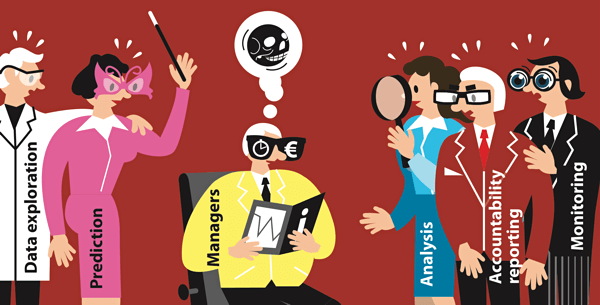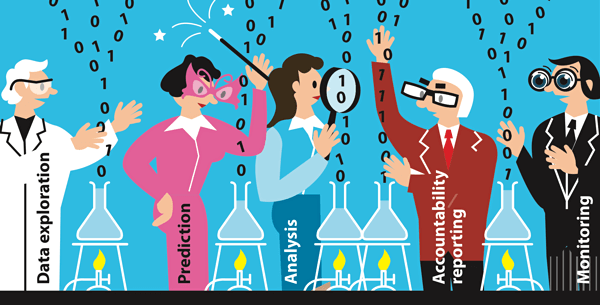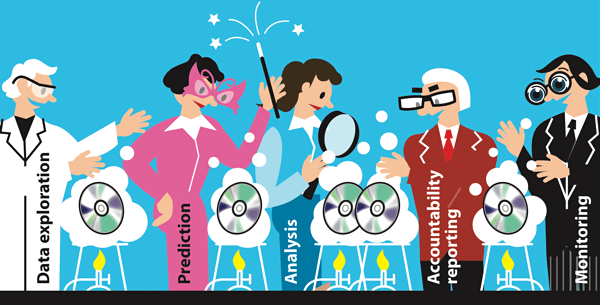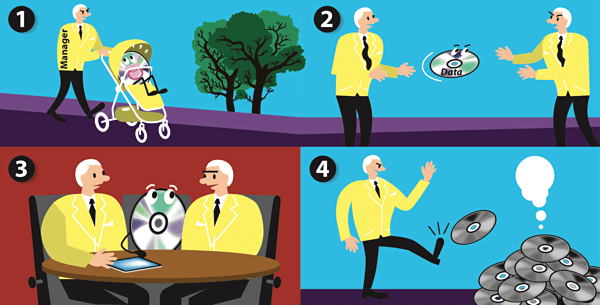Information projects are often progressing with great difficulty, whether they are Business Intelligence, Analytics or Big Data projects.
In explore the causes in the series ‘the complexity of information projects‘. The series begins with determining the use patterns of information. These use patterns dictate what the interaction between users and developers of information should look like and how context plays its part in this interaction.
Hopefully, the insights shared in this series support improvement in managing the expected contribution of all involved, reducing complexity and the successful delivery of information projects.
The complexity of information projects (1/5)

Never before has there been such intense interest in data. At the same time, expectations about what you can do with data have also never been quite so overheated. Over the years, the recurring complaint of managers has been the question: Why does it take so long to make information available? The recurring complaint of many...
keep on reading
The aim of an information request: information valorisation (2/5)

This article examines the aim of an information request: what are we going to do with all the information which is available in an organisation? A great deal of money is invested in information and data projects. That investment should lead to more added value in the operation. This is also true of information which is used for...
keep on reading
The role of context: the source of all complexity (4/5)

The question of what differentiates BI or analytics from other data uses has always interested me. I think that I am now able to answer the question quite simply: we deal with context differently. Data is used to gain insights into where we stand with our organisations, how effortless or cumbersome the operational processes...
keep on reading
The answer to complexity is not more complexity (5/5)

I started with the question why it is so difficult to get a grip on information projects. To unravel this question, I started looking at how information is used, what this means for the interaction between information consumers and information producers and how context can increase the complexity in an interaction...
keep on reading
The life cycle of analytical information (epilogue)

Promoting analytical solutions from the development and test phases through to the stable production stage is a search. It works just that little bit differently from reporting and analysis environments based on data warehouses, as the responsibilities are often organised in a decentral way. The question “how do I know...
keep on reading







